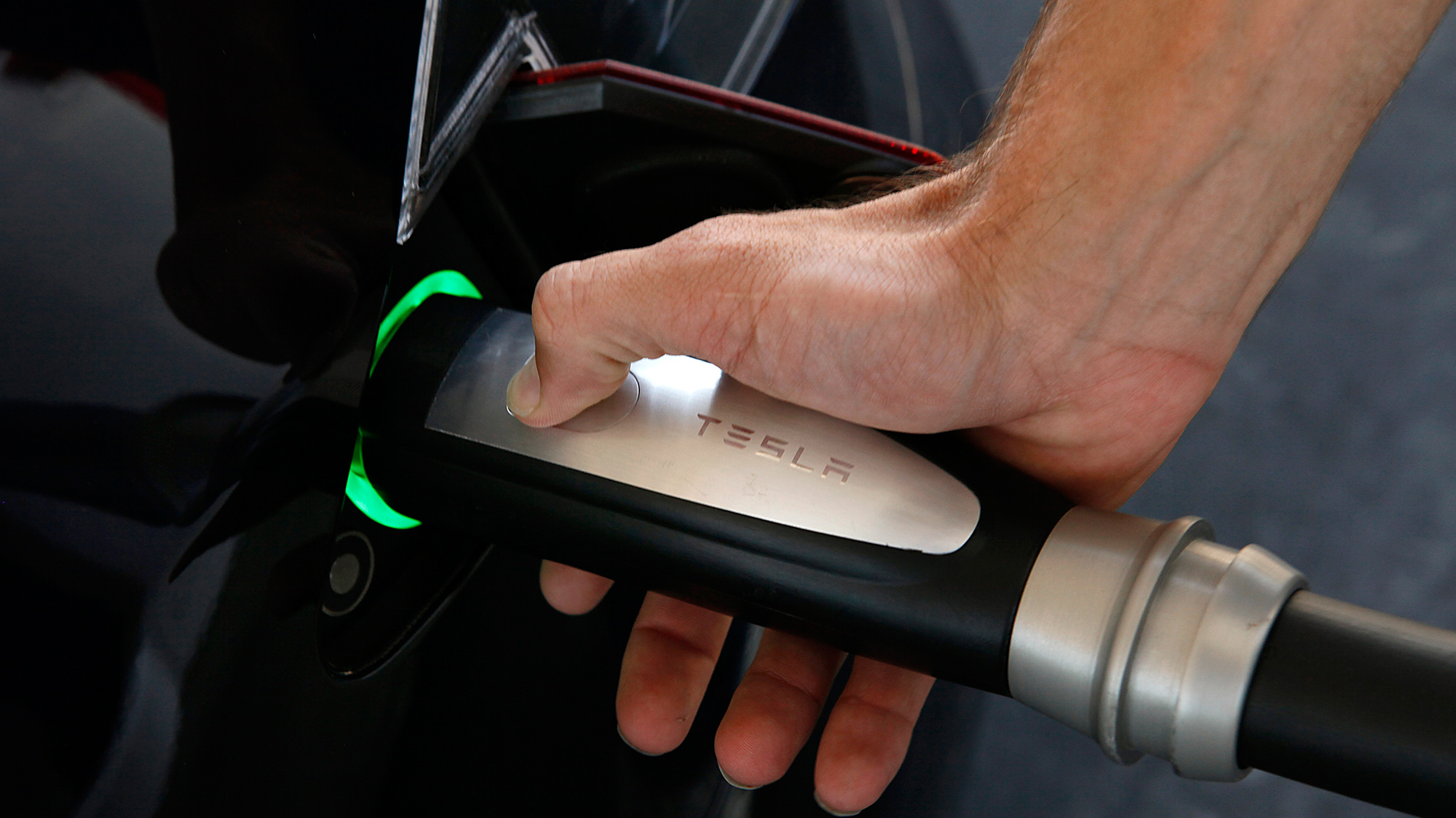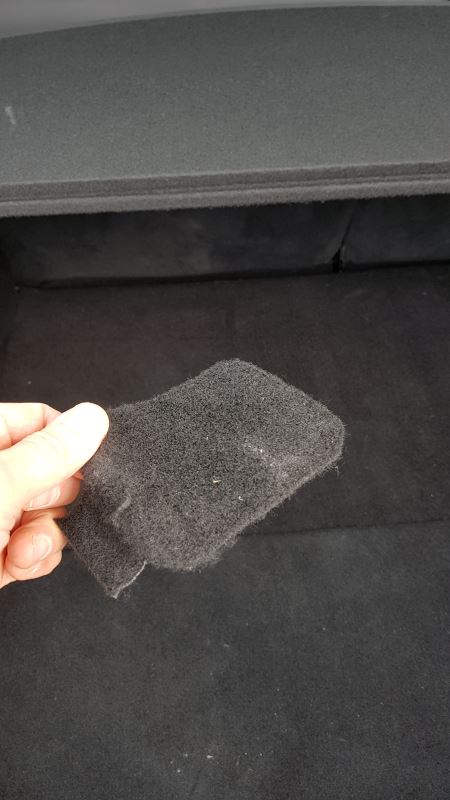The ‘going electric’ will be different blogs from my usual beat. Not only because they will not be related (directly) to software development, but also because they are opinionated and personal reports; editorials about switching over to an electric car. They will list my personal joys and annoyances about the switch, but I’ll try to be fair and balanced.
Charging
After arriving home, in one piece I may add, it was time to inspect the car closer. But first replenish that battery. I had a Tesla wall connector installed, and a friend of mine suggested to me to also install a Maxem load balancer. I’ll do a separate post on that. The point I want to make is that on all the video’s you see a sleek US style connector being inserted smoothly. So when I inserted mine, it did not go in as smoothly; the connector we have is more bulky and it does not do that smooth insert.

But the car clicked, so okay! But then there was an error message in the car saying that it was charging, but not optimally. So I started calling both Maxem and Tesla, something was not putting enough juice in the car. 30 confusing minutes later it turned out I need to push harder against the connector, so it was in all the way. Ahm. Sorry!
Keyless entry is disabled
In the process of diagnosing the problem, the Tesla support guy asked me to remove the connector. Because of recent issues with the relaying of the keyfob signal, Tesla disabled keyless entry per default. But that also means that you cannot remove the connector by simply clicking on the button.

Normally, with keyless entry, the car would detect the keyfob. But now you hear clicking and the light goes from green to off, so to the unknowing ear and eye it seems like the connector is released, but it really is not. It goes through the hoops, but the physical lock is never released. You first need to manually unlock the car with the keyfob.
I felt really uneasy with my neighbours watching me fumble, trying to get the connector out. Noooo, it’s really easy going electric. 😀
Interior finish
One of the attempts to remove the stubborn connector was by using the internal release in the trunk. That did not work, but it did confront me with the interior finish of the car.
I mean, if you are in the front seats than the whole dashboard is pretty overwhelming. The display is huge, a tad too big for my taste, but it does have an big impact. And even though the display has a day (white) and night (black) mode, I’ve put in into night mode permanently, because it looks so much better in the black dash.

The brightness still varies depending on the outside light.
But the further you get to the back of the car, things become, ahm, less overwhelming. In the rear seats, things get spartan. There are no pockets anywhere; the rear of the front seats is completely smooth and the doors do not have pockets. There is no centre armrest, no grips on the ceiling. The floormat is just laying on the floor with nothing holding it in place. And the rear seats are very low to the floor, so people tend to sit with their knees up.

But it is spacious back there.
The real disappointment is in the trunk. The cover over the trunk is just that, a fabric covered wooden board, not even having strings to lift it with the tailgate.

The cover over the deeper storage space is basically the same thing, laying hingeless in a recess in the floor.

And the part hiding the manual release of the charge connector on the left side, is a just piece of fabric.

If I didn’t know better, I would have thrown it away as some kind of leftover from the assembly. Totally unworthy of a 100k car.
Technically the Tesla is a great car. Comparisons with the new Jaguar iPace even make the 6 year old design come out on top, because the Jaguar has some technical maturing to do. But the interior really deserves more finesse.
—
Oh, and in case you think ‘hey, it is nice that someone is a bit sceptical for a change, but I’ll still order a Tesla’, here is the obligatory referral code you can use to get some free supercharging. https://ts.la/tom54958
